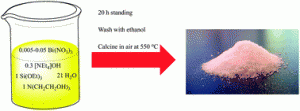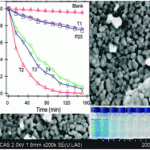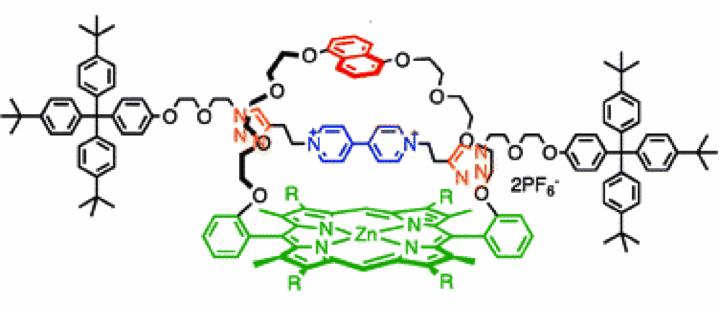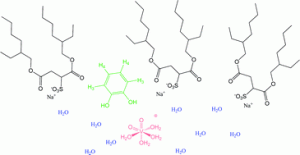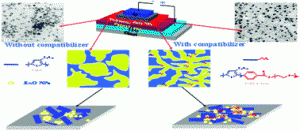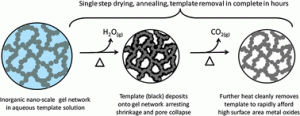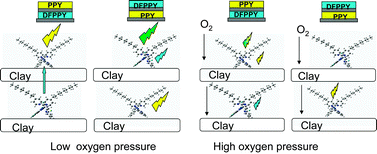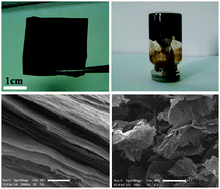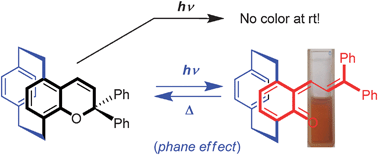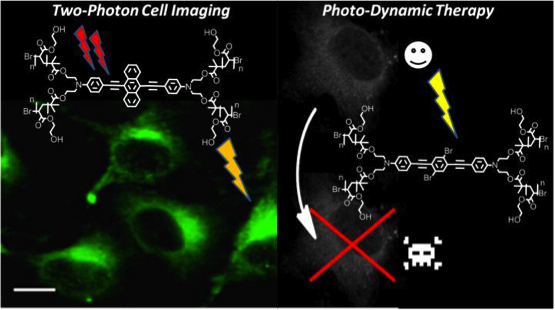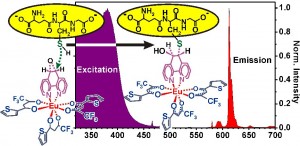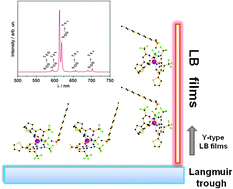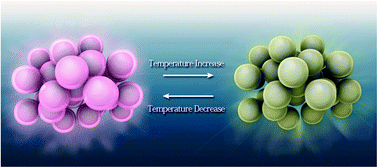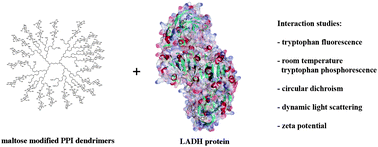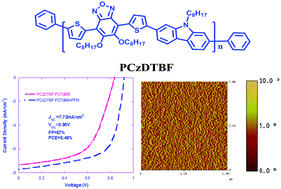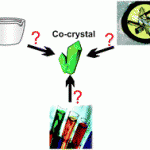In this NJC letter, Christine Gérardin-Charbonnier and co-workers (Université de Lorraine, Vandoeuvre-Les-Nancy, France) report a supramolecular hydrogel resulting from the mixture of a cationic pseudopeptide (beta-AlaHisC8) and lauric acid in water at pH 8.5. The subsequent thermo-responsive aggregate displays a lamellar structure, which is stabilized by strong intermolecular hydrogen bonds and hydrophobic interactions.
This hydrogel could be a promising candidate for original biocompatible formulations in cosmetics or pharmaceuticals.
“A supramolecular hydrogel based on an original pseudopeptidic catanionic surfactant”
Firmin Obounou Akong, Andreea Pasc, Mélanie Emo and Christine Gérardin-Charbonnier
New J. Chem., 2013, Advance Article, DOI: 10.1039/C2NJ40960G.
Interested in reading further? These “Hot articles” will be FREE to access for a period of 4 weeks.
To stay up-to-date with the latest NJC developments, sign up to its table-of-contents email alert.












